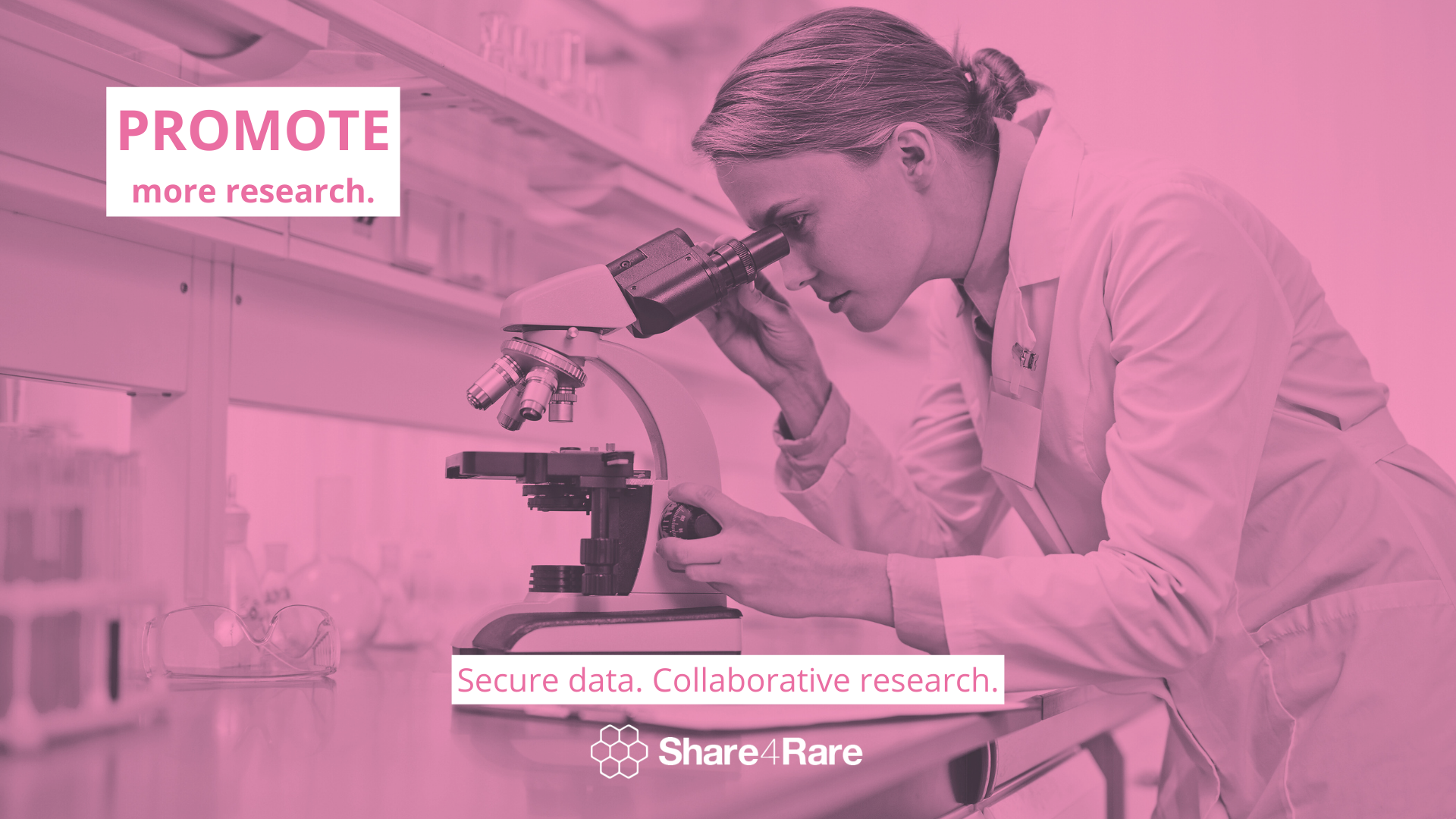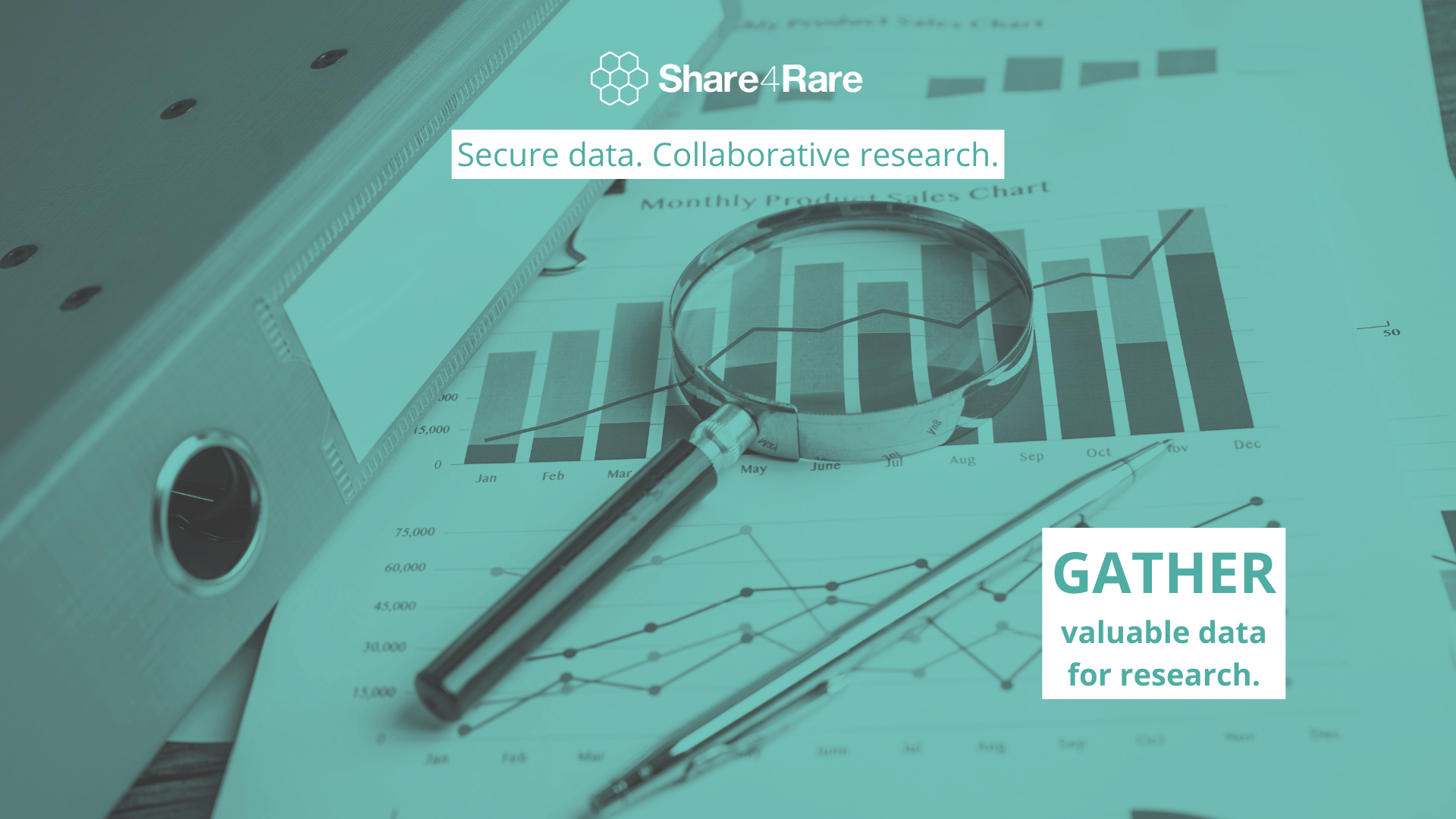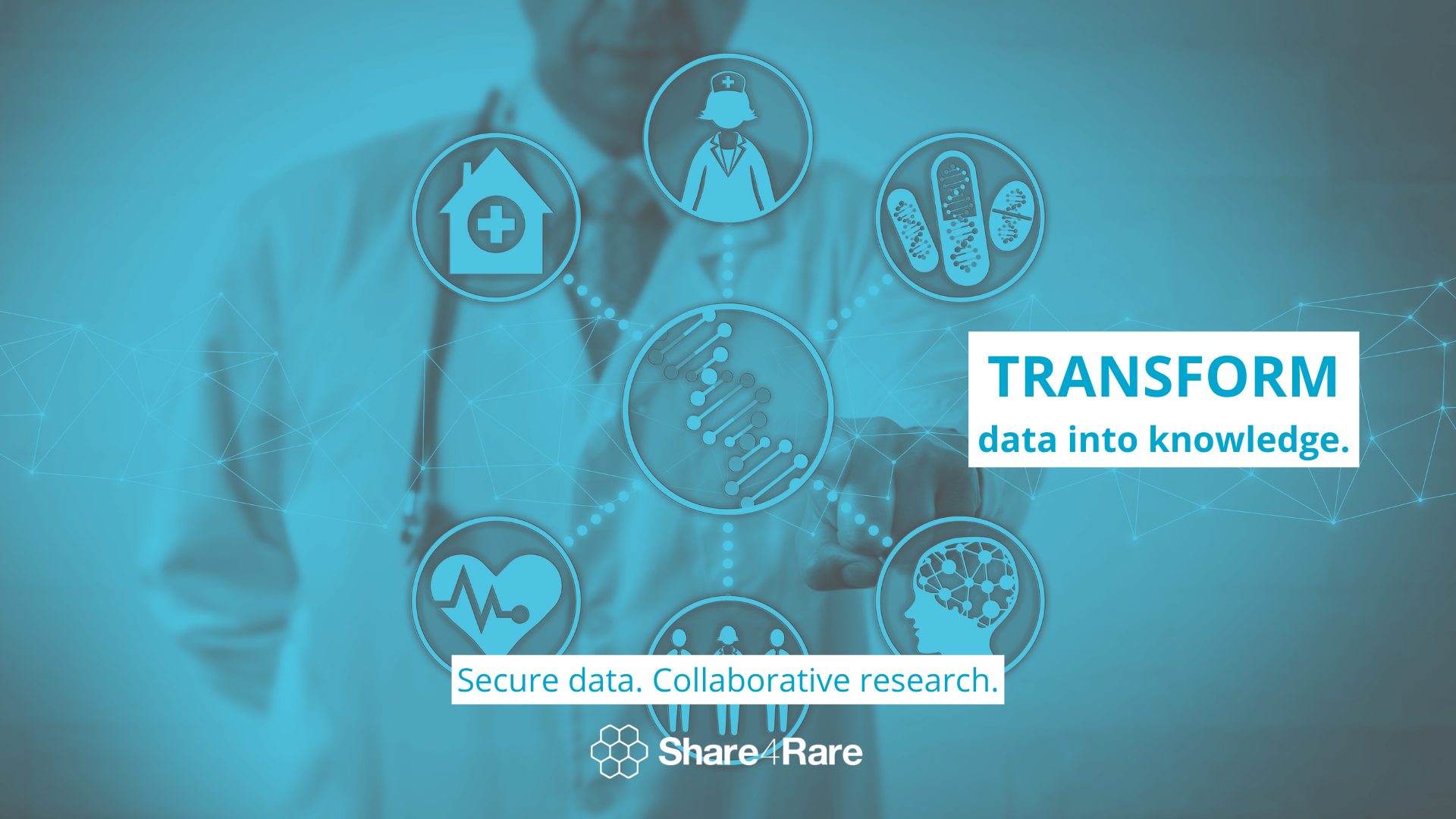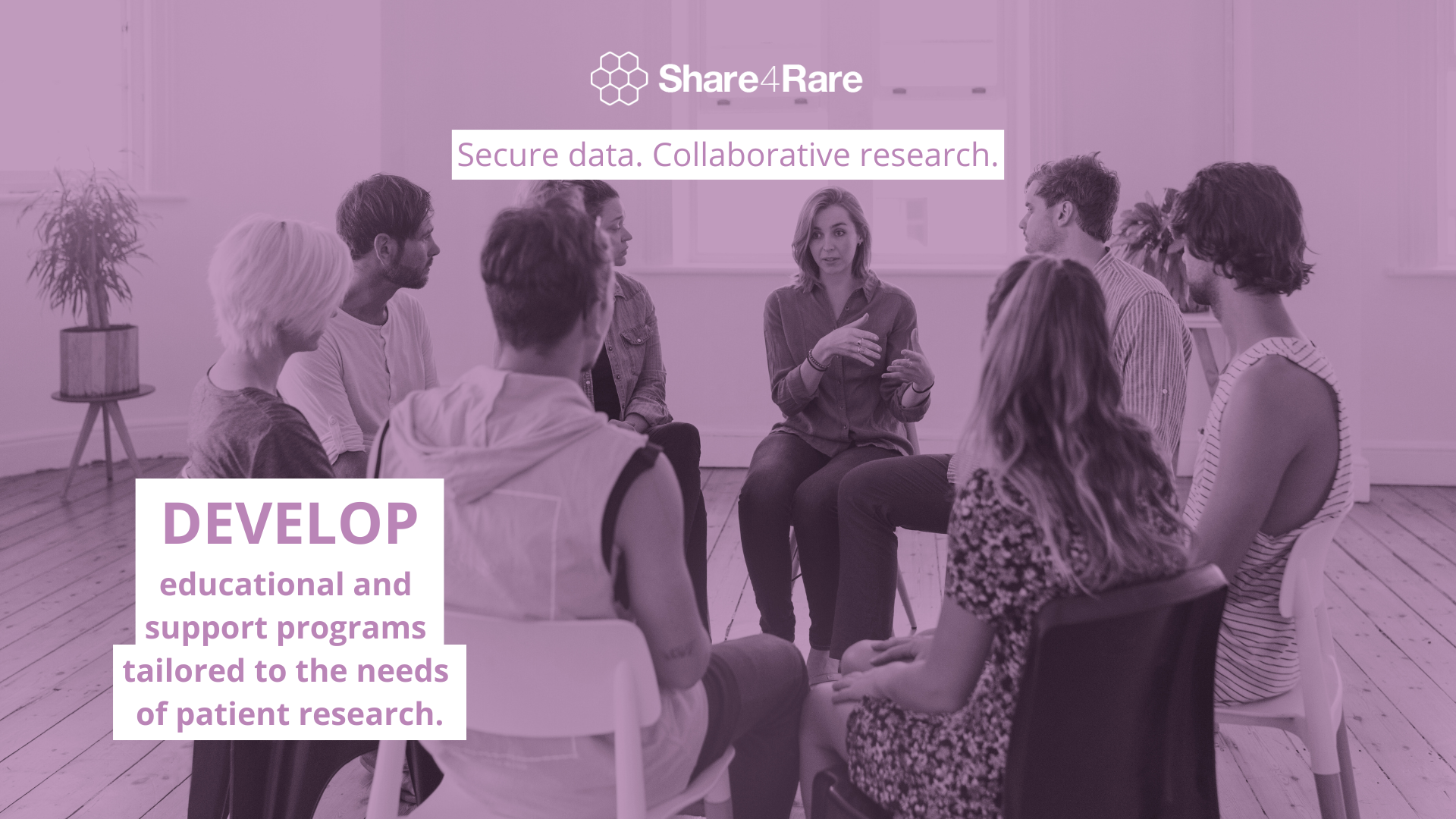
Secure data enables collaborative research through patients’ registries

Living with a rare disease is a path full of challenges. But what if we told you that patient data, shared securely and ethically, can be a powerful tool to advance research and improve the lives of thousands of people?
At Share4Rare, we firmly believe in the power of data to drive knowledge about rare diseases. Patients’ registries are key and, in the vast majority of cases, useful for understanding the incidence of a disease, its epidemiology, or its natural history.
However, we know that the idea of sharing personal information raises questions and concerns. That's why we want to explain how we ensure data security and privacy in patients’ registries, and why your participation is so valuable.

The foundation of everything: security, privacy, and rights
The creation and management of a patients’ registry is a process that must be governed by regulations and ethical principles. In this article, we're going to focus on the security and privacy of patient data, as well as its use.
We begin with the five key points to keep in mind when creating a registry:
- Data ownership and responsibility. Registries must have a data owner and a data controller. This can be a public or private institution that will also maintain and safeguard the data.
- Confidentiality and privacy. Data must always be confidential and private. To protect a person’s identity, identifying information is coded, meaning it's transformed so the person cannot be directly recognized.
- Voluntary participation and informed consent. The decision to participate in a registry is completely voluntary and is formalized through an informed consent form that the patient must sign. This document explains in detail how the data will be used.
- Legal representatives. If the registry includes minors or individuals who cannot make their own decisions, their legal representatives are the ones who will give consent.
- Rights. Patients own and have control over their data. They can exercise the rights of access, rectification, erasure, restriction of processing, data portability, and objection at any time.

A robust legal framework for your peace of mind
The protection of health data and patient rights is protected by solid regulations. At Share4Rare, we ensure strict compliance with current regulations when creating a patient registry. Depending on the country you are in, these regulations may differ.
For example, in Spain, the following regulations apply to us:
- The Spanish Organic Law on Personal Data Protection and Guarantee of Digital Rights (LOPDGDD).
- The General Data Protection Regulation (RGPD for its initials in Spanish), derived from the European Union’s regulation (GDPR).
- The Patient Autonomy Law, which regulates rights related to information and clinical decision-making.
How are data protected in practice?
Guillermo Lazcoz, a law researcher at the Centro de Investigación Biomédica en Red de Enfermedades Raras (CIBERER) and the Instituto de Investigación de la Fundación Jiménez Díaz, highlights three fundamental pillars in our micro-course on patients’ registries (only in Spanish) to ensure privacy and confidentiality:
- Where data is stored. Adequate technological equipment and strict cybersecurity measures protect data storage.
- How data is stored and used. Data is handled in a pseudoanomymized or anonymized way. This means it is used without revealing identity, allowing for research without compromising privacy.
- Who uses the data and for what purpose. Only properly accredited data controllers and clinical researchers can access the data, and only for the specific purposes for which they have been requested.

And what are the purposes for which data in registries are used?
Data from patients’ registries are mostly used for:
- Research. From the most basic research to understand the origin of a disease to studies closer to clinical practice, such as clinical trials.
- Diagnosis and medical attention. Having a database with data from patients with rare diseases allows for comparing symptoms and obtaining clearer information, facilitating more accurate diagnoses and more effective treatments.
- Public policy development. Aggregated data—that is, in a group and without identifying individuals—are essential for creating quality health policies that respond to the real needs of people with rare diseases, based on scientific evidence.
The patient, at the center of the equation
At Share4Rare, the patient is at the center of the entire process. This means guaranteeing their rights, which is why the information they receive before, during, and after is essential.
- Before, to make informed decisions and for consent to be free.
- During, to know how the data is being used and what protection measures are being applied.
- After, to learn about the results of the research and how their data has contributed to scientific progress.
Furthermore, it should be remembered that patients always have the right to object to the use of their data or to withdraw from the registry at any time, without having to justify their decision and without it affecting their medical attention.

At Share4Rare, we work as allies in rare disease research, facilitating data collection in a secure and ethical way. Patient contributions are crucial to building a future with more answers and fewer unknowns for rare diseases.
